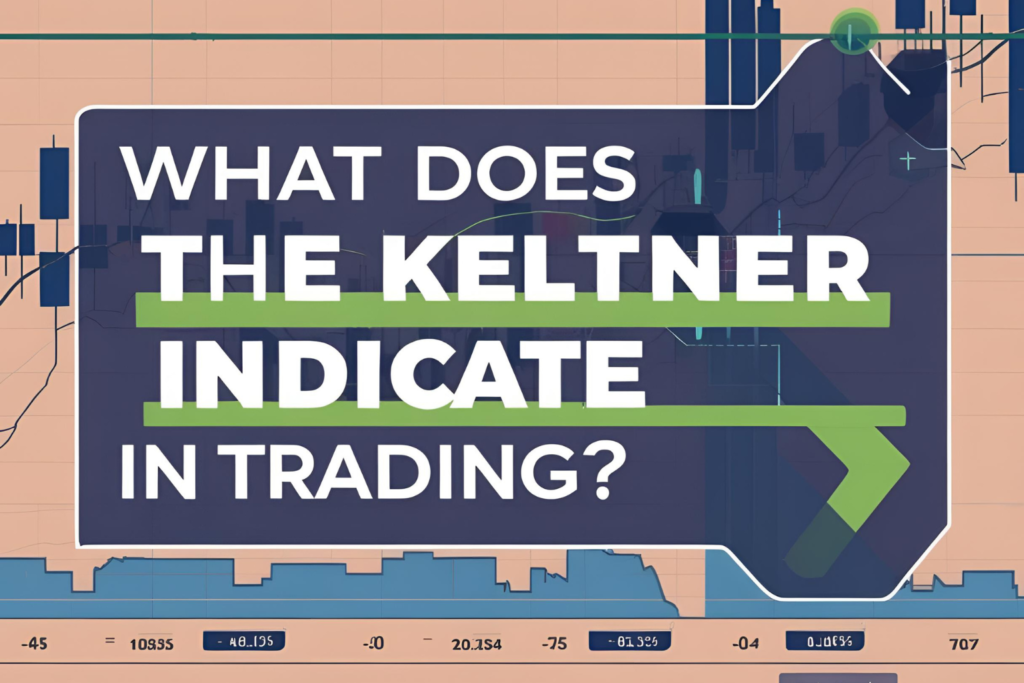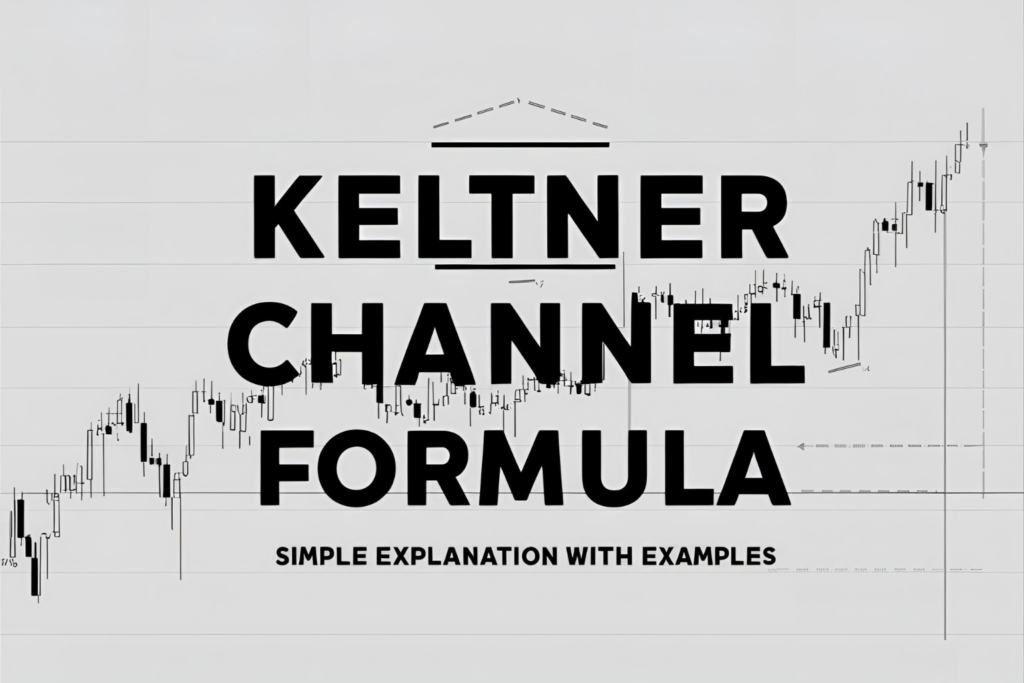The Keltner Channel is a flexible indicator, but to use it effectively, you must adjust its settings to match your trading style. Whether you’re a short-term scalper or a swing trader holding for days, choosing the right Keltner Channel settings can make a major difference in performance.
This post covers the ideal parameters for both day trading and swing trading with examples.
Default Keltner Channel Settings
Most platforms use:
- EMA Period: 20
- ATR Period: 10 or 20
- Multiplier: 2
These values work well as a starting point, but they’re not optimized for every trading style.
Best Settings for Day Trading
Day traders need responsive and tight channels to catch quick momentum moves.
Recommended settings:
- EMA: 15 to 20
- ATR: 10 to 14
- Multiplier: 1.5 to 2
Why it works:
- Tighter bands detect short-term volatility
- EMA helps identify the short trend
- Great for breakout or pullback strategies on 5-min, 15-min, or 1-hour charts
Best Settings for Swing Trading
Swing traders need smoother channels that respond to longer trend moves without too many false signals.
Recommended settings:
- EMA: 20 to 30
- ATR: 14 to 21
- Multiplier: 2 to 2.5
Why it works:
- Wider channels filter noise
- Signals align with broader market structure
- Ideal for daily or 4-hour chart setups
Adjusting for Asset Volatility
- High-volatility instruments (e.g., crypto, tech stocks): Use higher ATR and wider multiplier
- Low-volatility instruments (e.g., ETFs, large-cap stocks): Use tighter bands and lower multiplier
Always test and adjust based on the asset’s price behavior.
Tips to Fine-Tune Keltner Channel Settings
- Backtest your settings across different markets and timeframes
- Combine Keltner Channel signals with volume indicators, RSI, or price action
- Use dynamic position sizing based on channel width
- Avoid curve-fitting — simpler settings often perform better over time
Final Thoughts
There is no one-size-fits-all configuration. The best Keltner Channel settings for day trading emphasize speed and reactivity, while swing trading requires more smoothing and confirmation. Test the recommended settings and make small adjustments based on your market, timeframe, and risk tolerance.
FAQs
1. Should I change settings often?
Only when switching timeframes or trading a very different asset class.
2. Is the multiplier more important than the EMA?
Both are important. Multiplier controls band width; EMA defines the trend.
3. Are Keltner Channel settings universal for all assets?
No. Volatile assets like crypto may need wider channels than stable assets like large-cap stocks.
4. Can I use the same settings for day and swing trading?
You can, but performance improves when optimized per style.
5. What’s the easiest way to test settings?
Use TradingView’s “Strategy Tester” or backtest with a spreadsheet.



